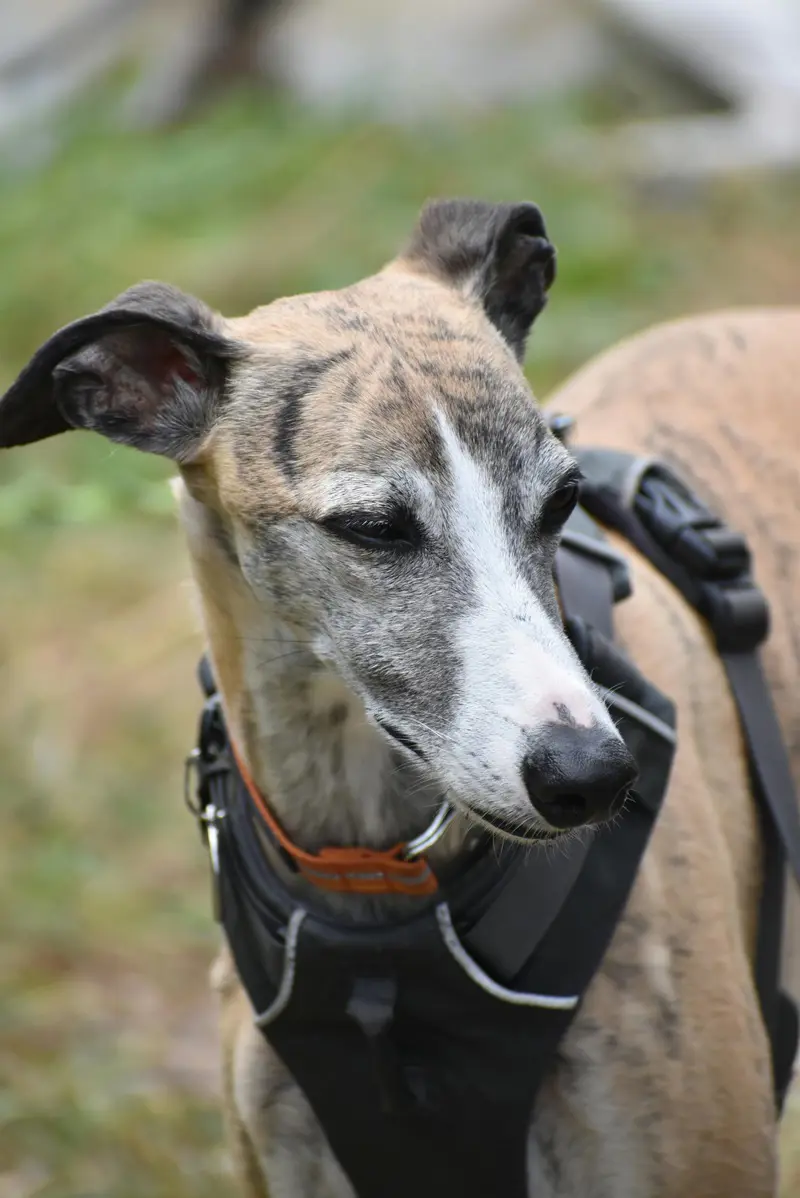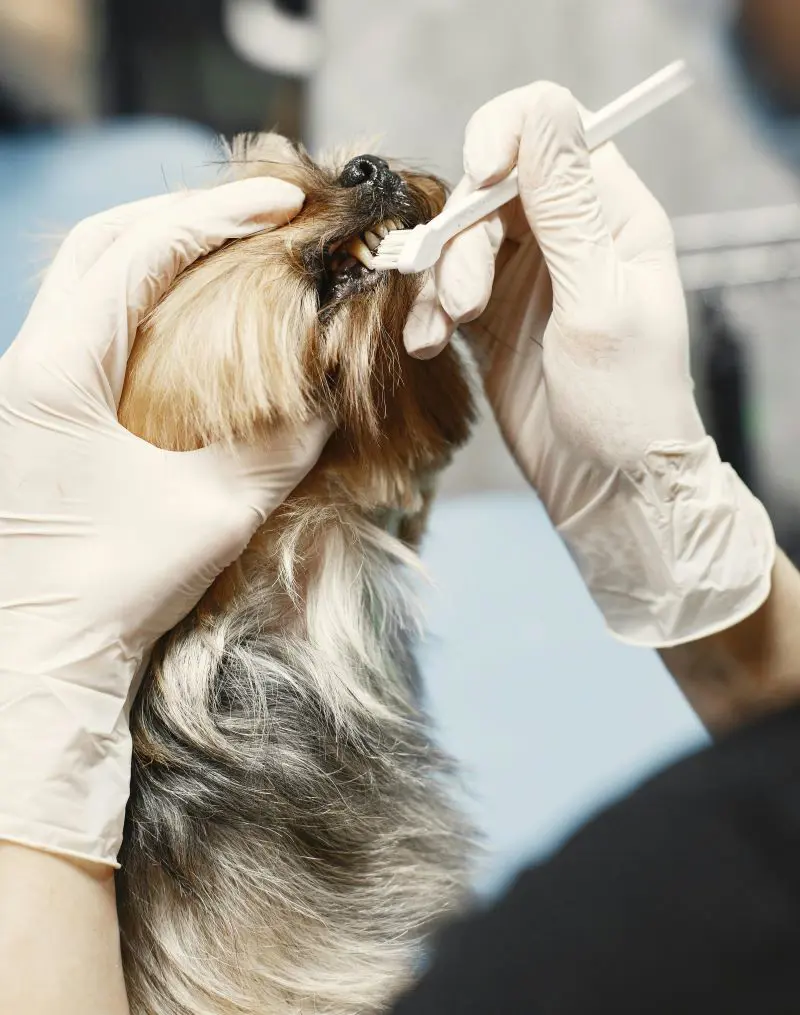18 Reasons On Why Dogs Put Their Ears Back

Dogs let out emotions through body language and one of the most indicative gestures in this respect is backing their ears. According to many owners, it is a very telling sign that gives valuable hints about your dog's mood and reactions.
Understanding why dogs put their ears back can enhance our ability to interpret their behavior and strengthen the human-animal bond. Their body language can show if they are feeling submissive, relaxed, or fearful. By learning these signs, we can respond accordingly to our dog's emotions and needs.
1. Fear or Anxiety
During certain situations, they may show signs of fear such as being scared, shaking, or even hiding. Knowing that their ears are held back due to anxiety or fear allows you to react with a soothing response, understanding these signs will help you give the required support to your dog in a moment of fear and anxiety.
Showing gentle attention to these fears will allow your dog to feel secure and safe in those situations. Dogs often pull their ears back and this behavior describes the normal reactions of a dog to situations or stimuli that make the dog uneasy. Examples include loud noises, strangers, and new environments that can trigger these emotional responses from your dog. Recognizing these signs is important and you can offer love and comfort and help them cope with their feelings better.
2. Submission to Another Dog or Human

This is a pretty common behavior in dogs when they feel that they have to pay respect to someone they consider dominant. If you see a dog whose ears are lying back, most likely he is feeling a little bit submissive toward the other dog or person in the interaction.
At such a moment, you can see the dog lower its body, turn away the face, or roll over on its back. Each of these behaviors looks to convey non-threat and submission. It is part of understanding your dog's social behavior and making sure that they feel comfortable and safe while exposed to different beings.
3. Feeling Threatened
It can be a reaction to danger and a feeling of intimidation, scared, or threatened when a dog pins its ears back. For instance, in case of very loud noise or sudden movement, some even pull their ears back for some strange animal and this body language is seen in various situations.
This ear position and other scary behaviors such as low body posture, tucked tail, and hesitant movement may be visually identified as scary behaviors. Knowing that feelings of threat are causing the sinking of the ears, you must be cool in the situation and further calm your dog. Your gentle, soothing, and positive support will help them when they have anxiety and you'll be providing support, allowing your friend to be more relaxed and secure.
4. Pain or Discomfort

This response can be a result of many different problems in a dog, including an ear infection or actual injury to the ears, generalized physical discomfort, and pain of some sort. That can be the reason a dog lays its ears back.
Along with this potential indicator, ears laid back he may whine, shake his head, or scratch at his ears. In these cases, he could be in pain. It is extremely crucial to learn to recognize any apparent issues and consult a veterinarian for correct diagnosis and treatment. Removal from the source of pain can solve your dog's discomfort and certainly make him free from suffering for the moment and ensure no suffering in the future.
5. Excitement or Happiness
When they are waiting for something joyful to happen, excitement and happiness arise and it can flatten their ears. They also show signs like wagging their tails, wheezing, and jumping on you to show they are happy.
Your dog can hold back their ears when you are getting the leash to go on a walk set up their favorite food in the kitchen or bring their favorite toy. You may also see a tail wag, excited barking, or high bouncy movements in these situations. Knowing this position of the ears can signify excitement will help you not only become more aware of your dog's feelings of joy but also have quality fun times together.
6. Confusion

When they meet something new or different from the norm which therefore they might not understand might make them pull their ears back.
You may also see your dog tucking their head down or looking around when confused. So, if you learn this position of the ears as a signal for confusion, it will help to comfort and reassure them to be more comfortable in situations.
7. Playfulness
The relaxation of their ear's position can just as much indicate that your dog may be playful and ready for good times. This behavior pops up in cases when they become excited about playtime or interactive activities with you. This could signal that they are happy with what they are doing.
You might observe these ears tilting back a little when your dog is wagging their tail and jumping around at you or another dog, or when play-bowing. If you are fortunate enough to view this sign of playfulness, then your furry friend is simply in a jolly good mood, looking forward to having a great time.
8. Listening to Sounds

Since dogs are sensitive to noise, their ear position will help them better hear and localize many sounds. Maybe that is one of the reasons you notice your dog's drawn-back ears is that they are highly concentrated on the sounds.
Being instinctive to them, the behavior refines the ability to hear and understand what goes on around them. They lay their ears back at the sound of a doorbell, to an approaching car, or even at just a rustling outside. Apart from this, they will also move their ears around to get better hearing and to locate the sound more accurately.
9. Uncertainty About a Situation
Their natural behavior indicates that they are not comfortable about a certain situation or experience by using their laid-back ears.
This may be in situations whereby, due to lack of familiarity with the encounter or event, they are unable to know how to react to it and they pull their ears back as a means to overcome their uncertainty. Notice the ears held back when viewing a stranger, object, or new area for the first time.
Their position speaks to hesitation and probably an attempt to reason against this unusual experience. In learning how to read this behavior, one will be better able to take gentle help and support measures to make the dog more at ease in new situations.
10. Stress
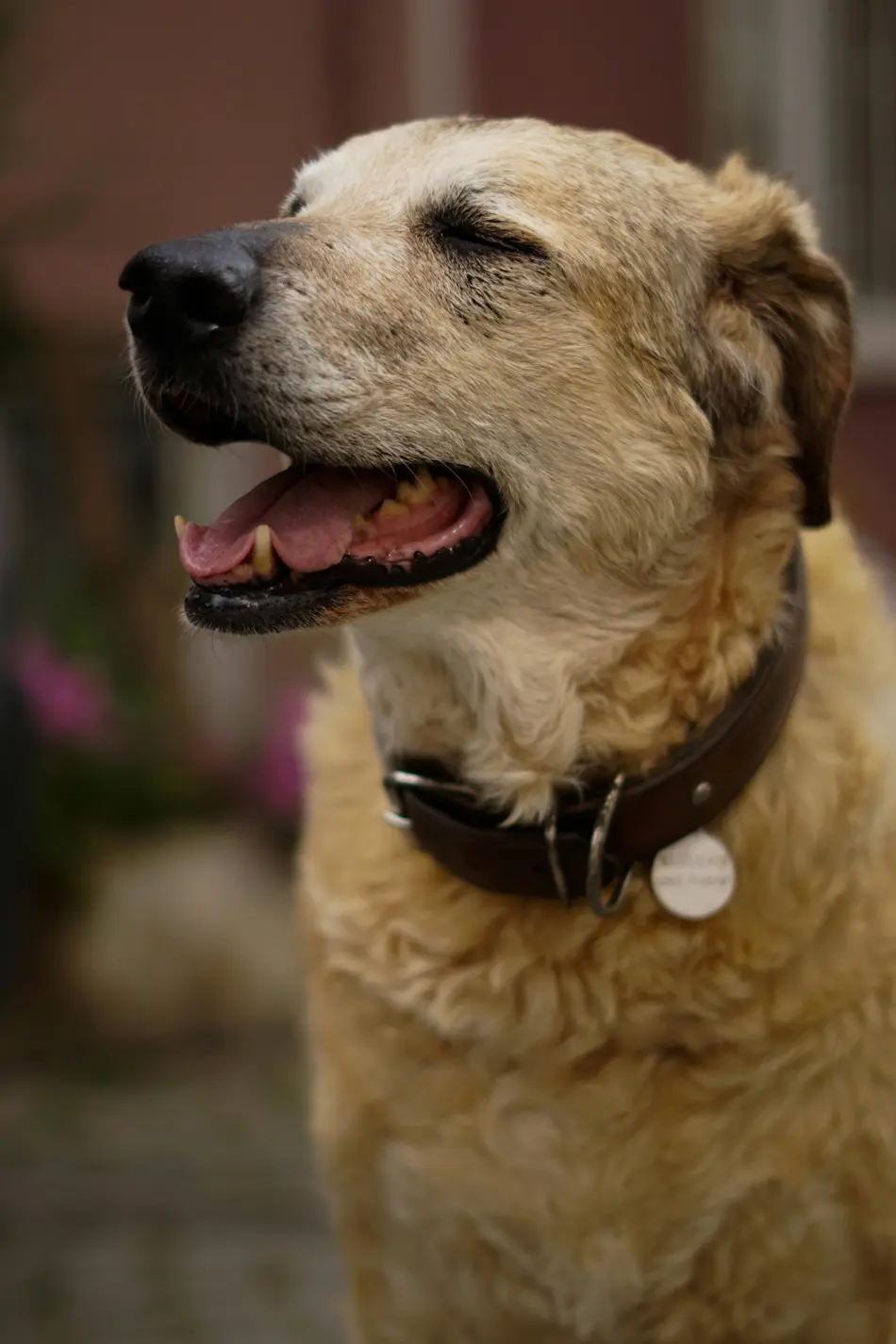
When they are subjected to circumstances that are too much for them to be comfortable then that can be a result of stress whereby they will be pulling their ears to the back to try and demonstrate stress.
You can tell an increase in your dog's ears back during stressful events, such as visiting the vet, riding in a car, or being left behind for too long. Other symptoms, besides the position of the ears, include pacing, whining, or avoiding eye contact. Knowing how their ears are back and that this indicates stress will help keep you more alert to whatever it is that bothers them and working on some measures to make them feel better.
11. Reacting to New Experiences
Their way of expressing uncertainty or curiosity over some unfamiliar new things that appear in their environment can make them back their ears too. This kind of behavior is usually seen when they encounter strange things or objects that they haven't experienced before.
Either they may have their ears pulled back, or they may do it when they are told to look in the presence of something new like how they can get into some especially hard-to-enter household item, with a new object in their setting and environment, or at a special time of the day. They might also do it when their focus is directed on something new, such as a different setting or a toy.
12. Responding to Play Signals
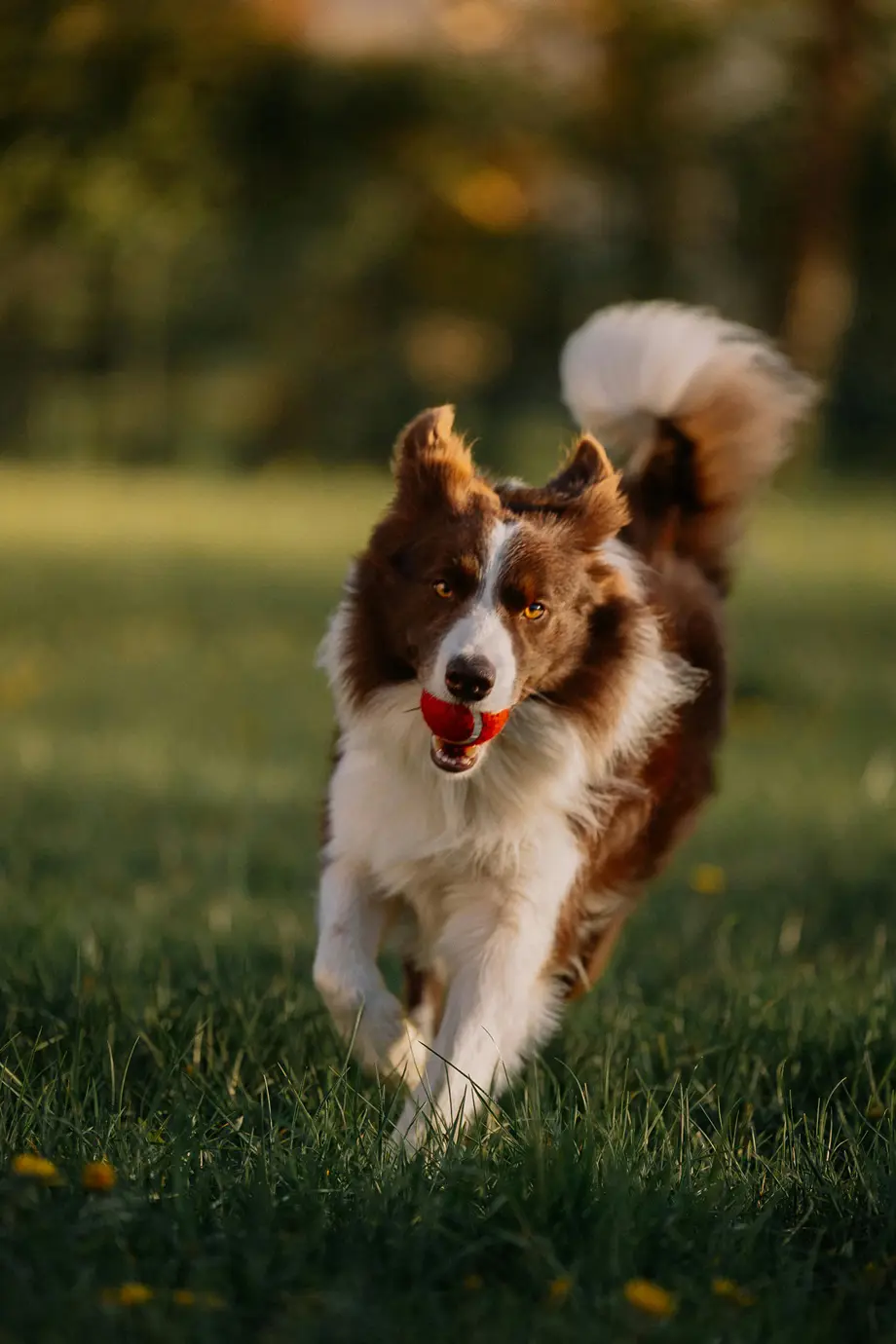
If your other dog is playful enough or you tease a play, then you can get to see their ears pulled back with other playful postures or gestures that would be energetic and inviting.
When your dog holds his ears back it can be due to playing signals from another dog or even from a human being. They tell each other that they're ready to have a blast.If some other dog is playful enough or you tease a play, then you can get to see their ears pulled back with other playful postures or gestures that would be energetic and inviting. You would know by the positioning of the ears that they are excited, invigorated, and most certainly up to participating.
13. Seeking Comfort
Some recognizable behaviors may occur like leaning on you, staying very close, or whimpering softly when they are trying to seek comfort. It can also be a sign of vulnerability as they would then need some form of reassurance from the owner.
They may also draw back their ears, looking toward you for comfort when they are not feeling easy due to loud noises, unfamiliar surroundings, or strangers. Being able to recognize that sign enables a person to offer the necessary comfort to feel safe and supported.
14. Social Communication
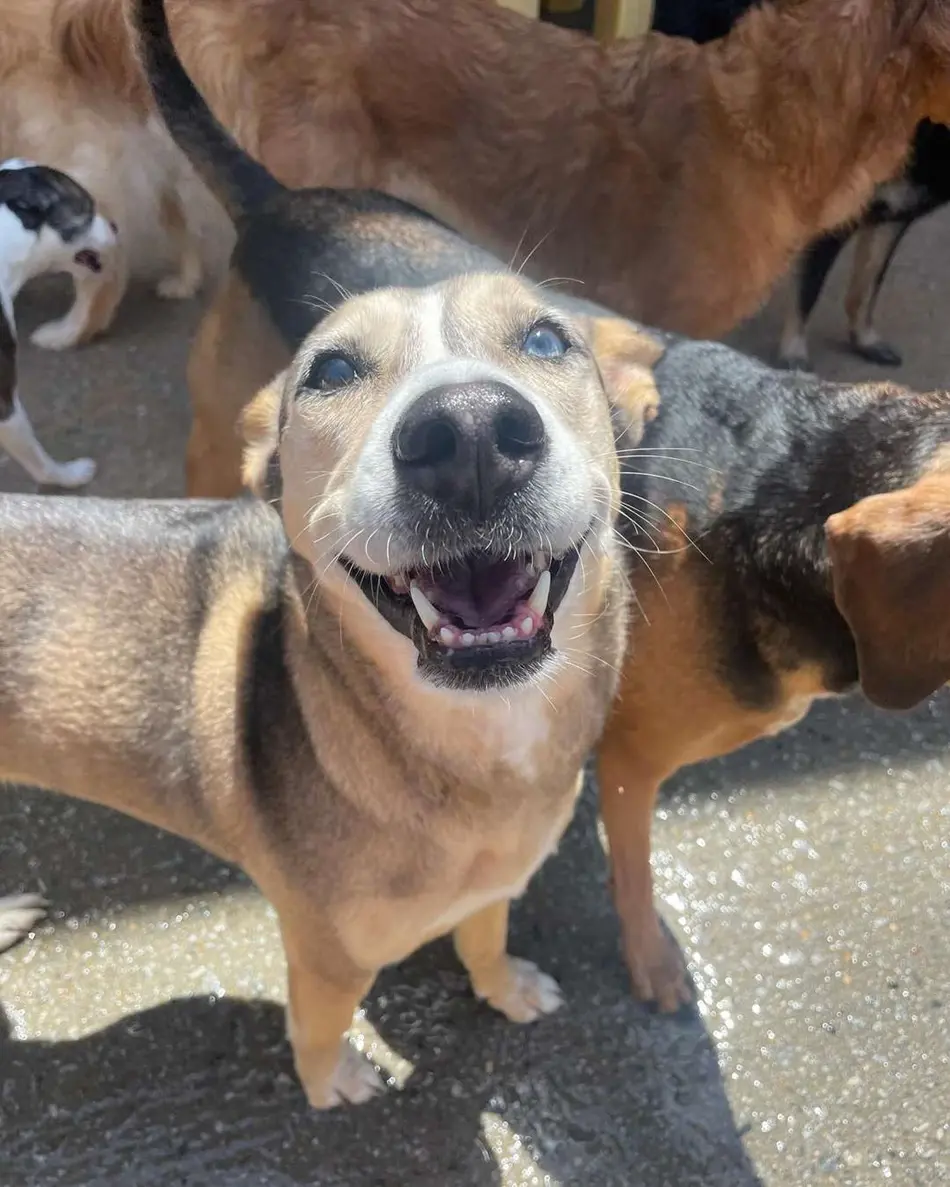
The canines express ease of interchange and communication with other animals or with their owners by sending out rational messages within the interaction. Social communication is another reason dogs pull their ears back.
Your dog may hold back her ears in a display of greeting to a dog or person which means there is no harm intended by the action. It may mean that the dog knows very well the social cues or there is a drive to convey non-threatening communication. Knowing this behavior will help you understand what your dog is trying to communicate through those social behaviors and manage interactions with other dogs and people.
15. Desire for Attention
More often than not, your dog wants to communicate something with you or maybe he needs some pampering and affection from you. They often pull their ears back indicating that they want some attention.
They might have their ears back but nuzzle with their nose or sit near you. Probably, they need some attention. Most probably, he will give other behaviors like wagging their tail or soft whining as well. Knowing this behavior, you will keep on giving him attention when your dog needs it the most and increase perfect bonding from affection and play.
16. Response to a New Scent
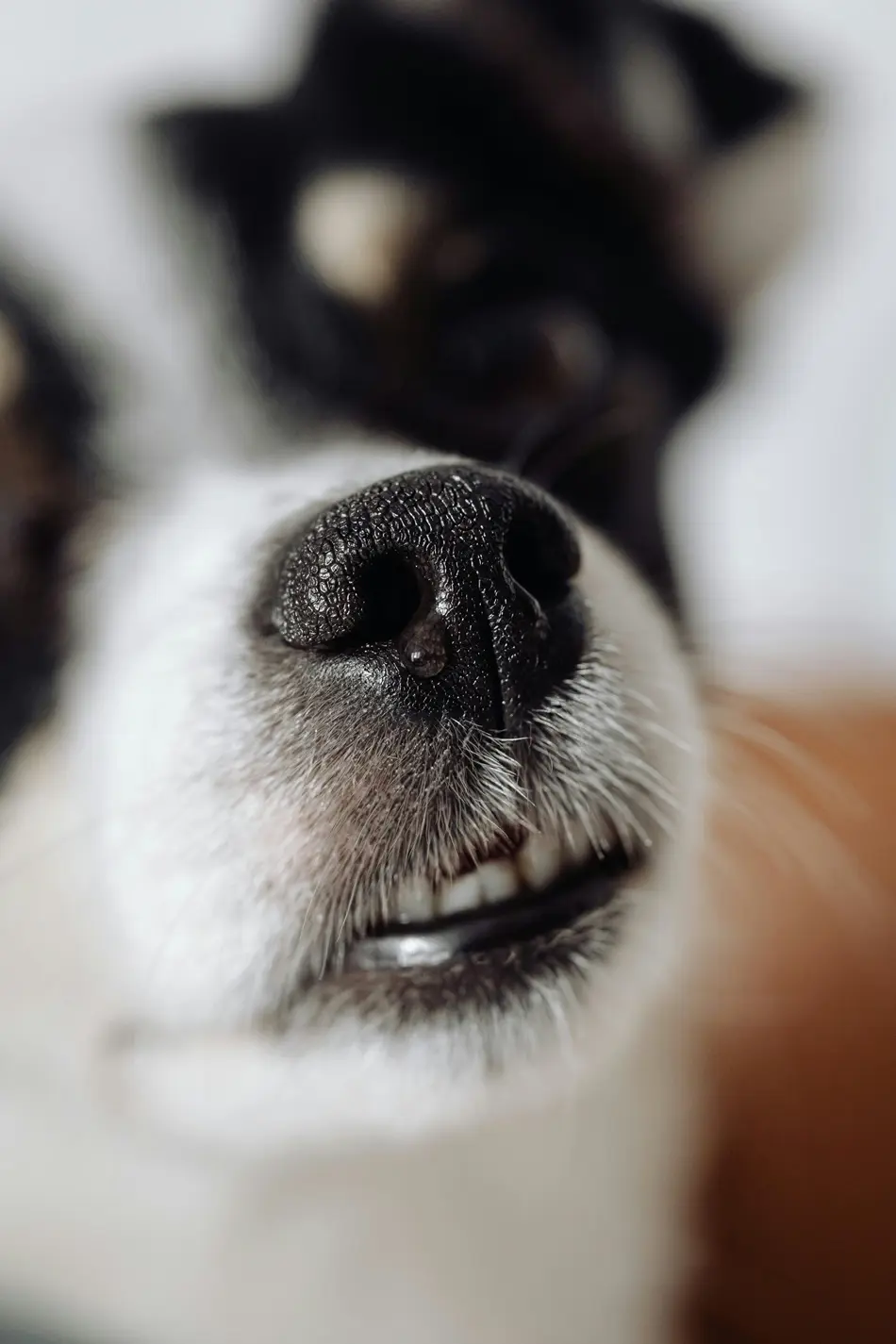
Their behavior details their desire to make an examination, or an analysis of the smell, which they have not been familiar with in their surroundings. Withdraw back of their ears can be in response to a new scent.
If your dog picks up a new smell such as the smell of a foreign animal or new food they likely will draw their ears back as they focus on the smell. That position will let them concentrate on the smell and try to tell precisely what it is. You know this behavior; hence, you will know when the dog is interested in new smells and thus open space to support his or her investigation.
17. Responding to Visual Cues
This frequently occurs when they respond to something they are looking at that either interests or concerns them. Visual cues or stimuli are another reason for backing their ears.
Your dog's laying-back ears tell you that it is trying to understand something that has been visualized or sizing up a situation. Once understood, this behavior will help you know exactly how your dog interacts with his environment and how to manage his response to visual events.
18. Reacting to Training
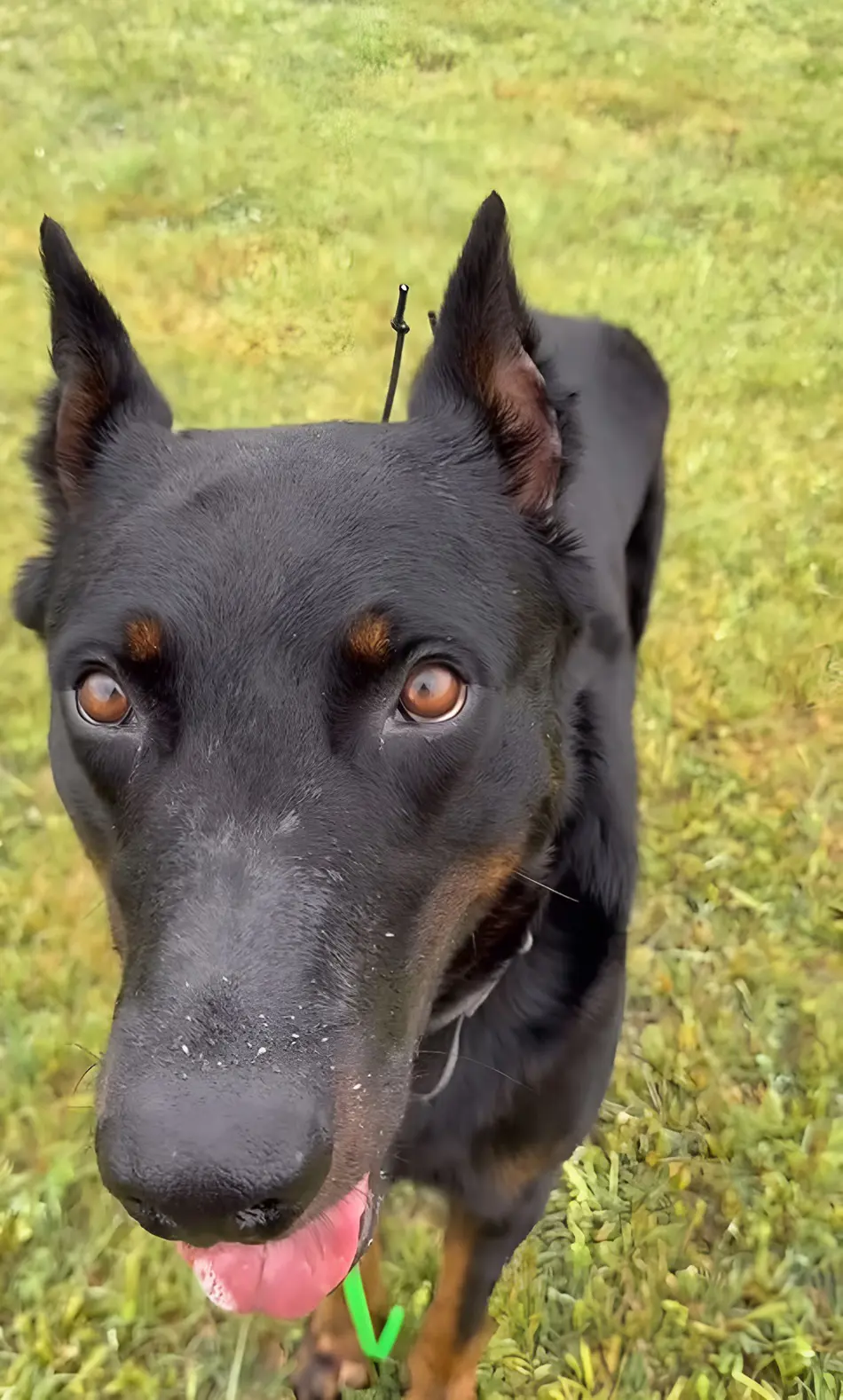
When they are heeding your commands or expecting what's next in their training cue is a reason for them to back their ears too.
Now you will be aware of the different reasons your dog may withdraw their ears you will know the feelings and needs of your furry friend in a good way. Every poses an ear pick, be it excitement, comfort, or reaction to new experiences that tell about their world.
Top Lists



